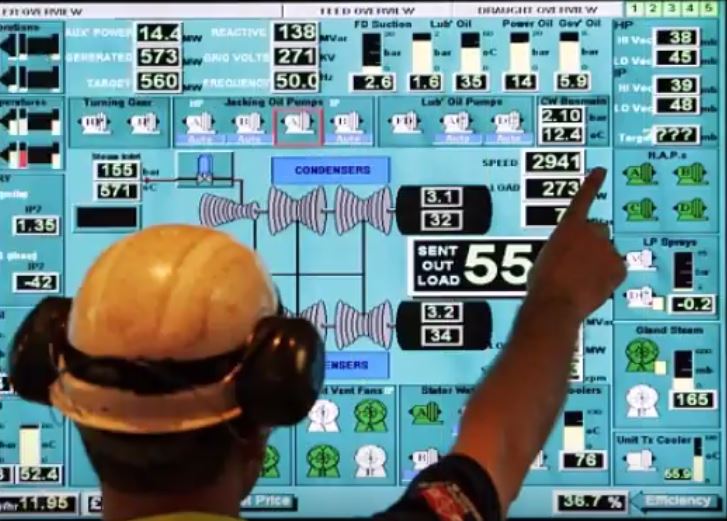My last CFACT article pointed out that the North American Electric Reliability Corporation (NERC) makes and enforces the regulations governing grid reliability in America. The looming threat of numerous summer blackouts, which they just announced, is their fault. They have obviously failed to maintain reliability, which is their specific mission. See my article, “Silence of the power engineers? NERC does nothing.“
I have now done some digging into this mess and the news is not good. As NERC itself says, the blackout threat is at least partly due to utilities rapidly replacing coal fired power plants with wind and solar generators that are intrinsically unreliable. So I looked to see how their rules, which are called Reliability Standards, address this recklessness, if at all. Turns out the problems are deep.
I find it a questionable policy, that the American grid is regulated by a nonprofit corporation, not a Federal agency. This means the normal rules of federal regulation do not apply. It is true that the rules have to be approved by the Federal Energy Regulatory Commission, but FERC is not directly involved in either rulemaking or enforcement. Much follows from this.
To begin with, there is very little visibility. In fact NERC’s basic financial and strategic documents are password protected! They have a membership, which presumably mostly includes the electric power utilities they regulate. Looks like only members can see the core documents.
This black box includes how much money they and their regional corporations make, which could be a lot. By way of scale, the PJM independent system operator for the Mid-Atlantic, rakes in about a third of a billion dollars a year, which all comes out of our electric bills. Mind you there is no apparent connection between PJM and NERC, whose Mid-Atlantic regional entity is ReliabilityFirst Corporation. I just want to know what kind of money we are talking about.
It does appear that NERC is funded by a tax on utility electric power sales. Thus it is paid by the very entities it regulates, which sounds like a bad plan. Its rulemaking is also largely done by committees, which are dominated by the regulated utilities.
This de facto dependence on the utilities may well explain why NERC has never exposed the recklessly unreliable utility behavior that led to the present precarious grid. In fact a representative of the giant utility Xcel Energy, a leader in reckless coal-to-wind switching, chairs NERC’s Standards Committee. See here for more on Xcel.
One might say that not only is the utility fox in the reliability chicken house, but the fox is running and funding it.
There are 93 Reliability Standards that have been approved by FERC. It looks like none of them have anything to do with controlling the adverse impact of renewables upon reliability. The list of approved Reliability Standards is here: Note that this is a dot-com address, not dot -gov.
There is one Standard that actually mentions the issue of renewables and reliability, but it basically says nothing. The title of this Reliability Standard is promising: “Planning Resource Adequacy Analysis, Assessment and Documentation.”
Unfortunately this Standard merely requires that the resource adequacy analysis includes, “Modeling assumptions of intermittent and energy limited resource such as wind and cogeneration.”
There is nothing about what those assumptions should be, or how to assess them, in order to properly analyze the adverse impact of intermittency on reliability. Even worse, this Reliability Standard appears to only apply to the ReliabilityFirst region, which makes no sense at all.
Worst of all, this Standard seems to define regional resource adequacy as having one major blackout every 2.7 years. Surely that much unreliability is not acceptable.
NERC also has a short list of Reliability Standards under development, but here too there is nothing about renewables and reliability.
These results confirm my first article. Other than announcing the growing unreliability of America’s electric power system, NERC is doing nothing about it. That it is both funded and dominated by the utilities it regulates may well be the fundamental problem. These utilities are making a fortune building unreliable wind and solar generation.
Clearly NERC needs to be redirected, either internally, by FERC or Congress. Either that or NERC should be abolished.
Reliability must be restored and maintained.
